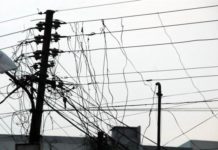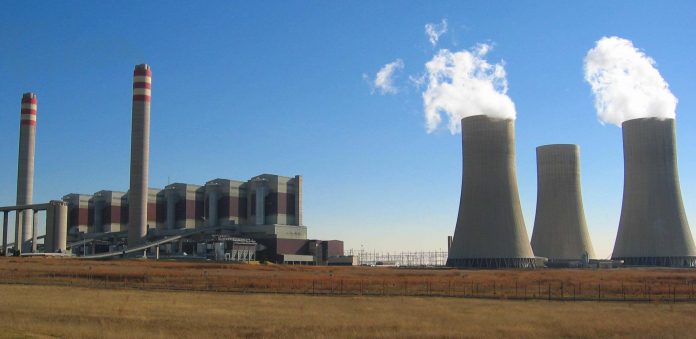LAHORE: The average electricity generation cost has been swelled up to 24 per cent following the induction of new plants, a high-level ministry of energy source revealed.
Talking to Pakistan Today he said that new plants have escalated thermal share in the energy mix, which has moved up 67 per cent in the fourth month of fiscal 2018 against 62 per cent previously, with furnace oil dominating followed by gas and Regasified Liquefied Natural Gas (RLNG). Whereas, RLNG and FO cost took 36 per cent share up in the energy mix.
The average electricity generation cost had been stretched to Rs 5.40 per kilowatt hour (kWh) in October against Rs 5.04 per kWh last year. The source told that the enhancement in generation cost has been driven by the increase in furnace oil-based generation cost to Rs 10.16 per kWh led by the recovery in fuel price, and 17 per cent rise in RLNG based power cost to Rs 8.20 per kWh.
Hydel power contribution may go down further as hydel flows in December would significantly decrease. However, the increase in coal and LNG based generation is expected to keep average generation cost in check.
FO and gas share has gone down 24 per cent and 17 per cent respectively that has been taken over by coal and RLNG. Power generation for the month of October jumped up 16 per cent to 9,866 GWh as compared to 8,494 GWh in October last year, whereas generation went up 15 per cent to 45,777 GWh against 39,689 GWh generated in August last year.
Generation from FO based plants is expected to go down in the coming months led by an expected surplus of 2,400 to 4,000 MW by next month.
Furnace oil generation is expected to pick up in summer, however, inefficient plants may have to shut down production altogether as commissioning of cheaper fuel-based power plants may displace the share of FO in the energy mix.
Talking about the current energy mix the sources said that the energy mix is a little over 60 per cent of Pakistan‘s power in the 1980s. He added that currently power is being generated from hydropower, however, electricity generation has become highly dependent on imported oil worth $ 18.5 billion, annually. And a major portion of that is used for electricity generation.
The shift from hydro to thermal-based generation, and more recently from natural gas to fuel oil as the primary fuel for electricity generation have caused fuel crisis in Pakistan’s power sector. Further, these trends have contributed to an increase in power supply costs.
Sources said that the country has been unsuccessful in meeting the ever-increasing demand for energy due to overreliance on fossil fuels for power generation which has in turn been exacerbated by the inefficient use of indigenous resources like coal and hydro due to insufficient technological advancement, leading to a skewed power generation mix.
























